Introduction
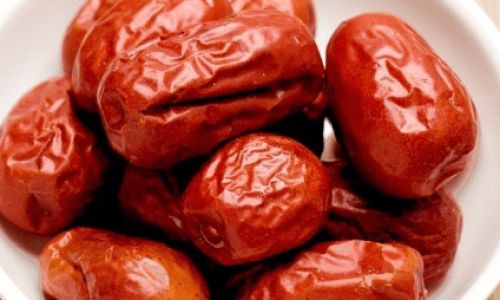
Fresh jujubes, also commonly known as Chinese dates, are a delightful and nutritious fruit cherished for their sweet taste and myriad health benefits. From enhancing digestion to providing essential vitamins and minerals, these small, round fruits offer a wealth of goodness in each bite. However, maintaining their freshness can be challenging, especially given their perishable nature. In this article, we will explore various methods for preserving fresh jujubes, ensuring you can enjoy their sweetness and nutritional value long after they were harvested.
Understanding Fresh Jujubes
Before diving into preservation techniques, it’s crucial to understand the characteristics of fresh jujubes. These fruits are typically harvested in the late summer to early autumn, when they reach their peak ripeness. Fresh jujubes have a delicate skin that can easily bruise or dry out, making them susceptible to spoilage if not stored properly. Their natural sugars and moisture content also contribute to their short shelf life, which can be further shortened by improper handling or storage conditions.
Choosing the Right Jujubes for Preservation
The first step in preserving fresh jujubes is selecting high-quality fruits. Look for jujubes that are firm to the touch, with smooth, unblemished skin. Avoid fruits that have soft spots, cracks, or mold, as these are signs of impending spoilage. The color can vary depending on the variety, but generally, a vibrant hue indicates freshness. Additionally, choose jujubes that are fully ripe but not overripe, as overripe fruits tend to spoil faster.
Basic Storage Principles
-
Temperature Control: Fresh jujubes thrive in cool, dry conditions. Ideally, store them at a temperature between 32°F to 41°F (0°C to 5°C) to slow down the ripening and spoilage processes. Avoid exposing them to warm temperatures or direct sunlight, which can accelerate spoilage.
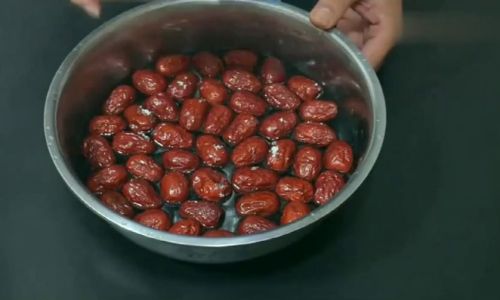
-
Humidity Management: High humidity can cause jujubes to mold, while low humidity can lead to dehydration. Aim for a balanced humidity level, preferably around 50% to 60%. This helps maintain the fruit’s moisture content without promoting mold growth.
-
Ventilation: Proper ventilation is key to preventing mold and rot. Ensure that your storage container allows for some airflow, preventing the build-up of moisture and gases that can cause spoilage.
Preservation Methods
-
Refrigeration
Refrigeration is one of the simplest and most effective ways to preserve fresh jujubes. Place the fruits in an airtight container lined with a paper towel to absorb excess moisture. Ensure there is no overcrowding, as this can lead to bruising. Label the container with the date and store it in the crisper drawer of your refrigerator, where humidity and temperature are better controlled.
For longer-term storage, consider using vacuum-sealed bags. These bags remove oxygen, creating an environment that slows down the spoilage process. Vacuum sealing also helps prevent freezer burn if you decide to freeze the jujubes.
-
Freezing
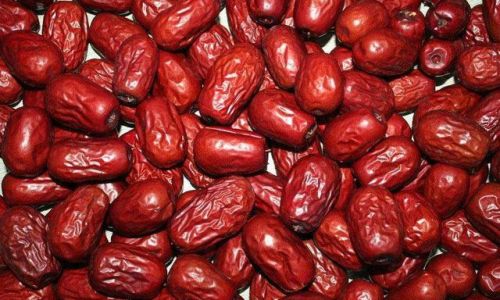
Freezing is another excellent option for preserving fresh jujubes, especially if you want to enjoy them throughout the year. Before freezing, wash and dry the fruits thoroughly. You can freeze them whole, sliced, or pureed. For whole jujubes, place them in a single layer on a baking sheet and freeze until solid. Once frozen, transfer them to a freezer-safe container or bag. For sliced or pureed jujubes, use freezer-safe trays or bags, ensuring there’s no excess air in the bags to prevent freezer burn.
Remember to label the containers with the date to keep track of how long they’ve been frozen. Frozen jujubes can be used in smoothies, baking, or as a healthy snack.
-
Drying
Drying jujubes is a traditional preservation method that extends their shelf life significantly. This can be done naturally by placing the fruits in a well-ventilated area out of direct sunlight or using a food dehydrator. If drying naturally, turn the fruits occasionally to ensure even drying. Once fully dried, store them in an airtight container in a cool, dark place.
Dried jujubes can be enjoyed as a snack, used in cooking, or made into teas. They retain much of their nutritional value and offer a concentrated sweetness.
-
Canning
Canning is a preservation method that involves packing jujubes in jars and processing them in boiling water or a pressure canner to sterilize and seal them. This method requires special equipment and knowledge of safe canning practices to prevent botulism.
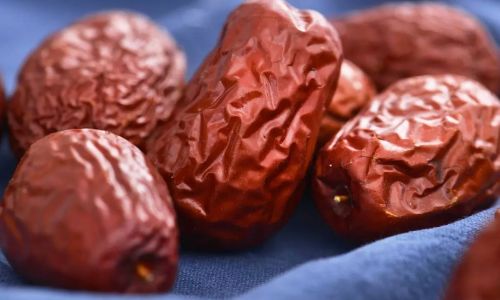
To can jujubes, wash and prepare the fruits, then pack them tightly into clean, sterile jars. Add a syrup or brine if desired, leaving headspace for expansion during processing. Process the jars in a boiling water canner for at least 30 minutes for quarts or 20 minutes for pints, adjusting the time based on altitude. Once cooled, check for seals and store in a cool, dark place.
Conclusion
Preserving fresh jujubes doesn’t have to be complicated. By understanding the basic principles of storage and choosing the right preservation method for your needs, you can enjoy these nutritious fruits well beyond their harvest season. Whether you opt for refrigeration, freezing, drying, or canning, each method offers a way to capture the sweetness and health benefits of fresh jujubes, ensuring they remain a delightful part of your diet throughout the year. With proper care and storage, you can transform a seasonal treat into a year-round delight.
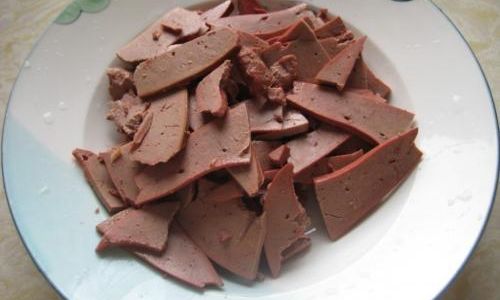
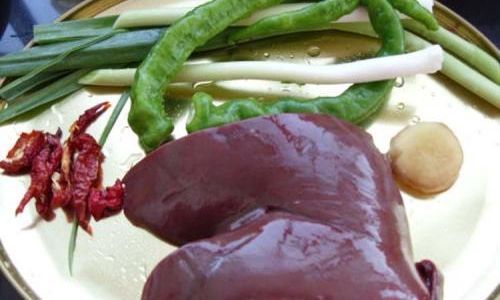

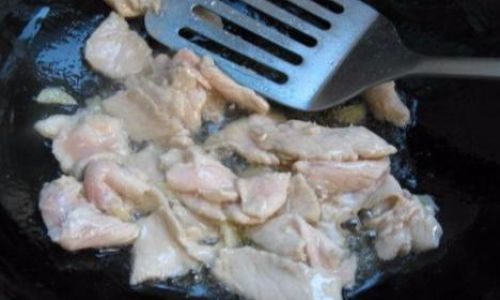
0 comments